Home>Articles>How To Calculate How Much Insulation I Need In Attic
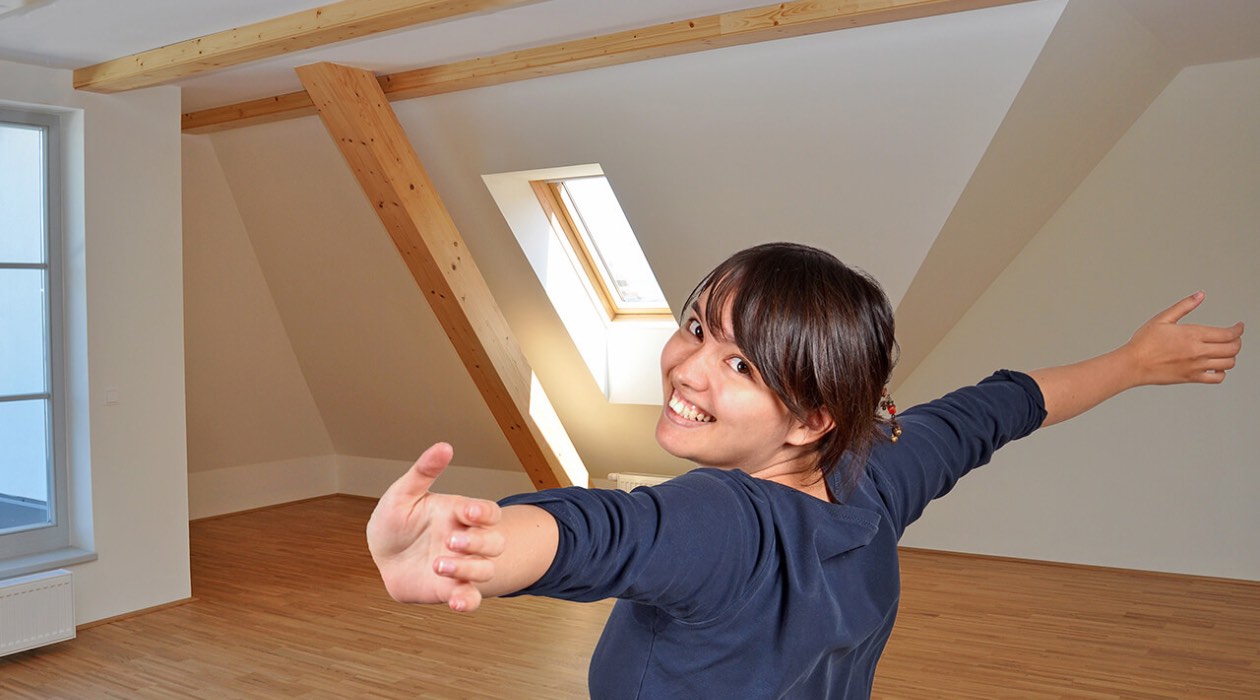

Articles
How To Calculate How Much Insulation I Need In Attic
Modified: December 7, 2023
Learn how to calculate the amount of insulation needed for your attic with our informative articles. Improve energy efficiency and save on heating and cooling costs.
(Many of the links in this article redirect to a specific reviewed product. Your purchase of these products through affiliate links helps to generate commission for Storables.com, at no extra cost. Learn more)
Introduction
When it comes to optimizing the energy efficiency of your home, one important aspect to consider is insulation. Proper insulation in your attic can help regulate temperature, reduce energy consumption, and lower utility bills. However, determining how much insulation you need in your attic can be a bit confusing if you’re not familiar with the process.
In this article, we will guide you through the steps to calculate how much insulation you need for your attic. By following these steps, you will be able to determine the optimal amount of insulation needed to keep your home comfortable all year round.
Before we dive into the calculation process, it’s important to understand why insulation is crucial for your attic. In colder climates, insulation helps to trap and retain heat, preventing it from escaping through the roof. In warmer climates, insulation works as a barrier, reducing the amount of heat that enters the living space. Essentially, insulation acts as a thermal blanket, improving the energy efficiency of your home and enhancing comfort.
Now that we have an understanding of why insulation is important, let’s move on to the step-by-step process of calculating how much insulation you need in your attic.
Key Takeaways:
- Proper attic insulation is crucial for energy efficiency, comfort, and cost savings. Calculate the needed insulation by measuring the space, assessing current levels, and researching recommended R-values for optimal results.
- Consider special circumstances and choose the right insulation type to maximize energy savings and comfort. Expert guidance and proper installation are key to achieving long-term benefits for your home.
Read more: How Much Insulation Do I Need For Attic
Step 1: Measure the attic space
The first step in calculating how much insulation you need in your attic is to accurately measure the size of the space. This will help you determine the square footage of the area that needs to be insulated.
Start by accessing your attic and take measurements of the length and width of the entire attic floor. Make sure to measure all corners and areas, including any irregular or angled spaces. Take note of any obstructions such as vents, chimneys, or pipes, as these will impact the insulation installation process.
Once you have obtained the length and width measurements, multiply them together to calculate the total square footage of your attic space. For example, if your attic is 30 feet long and 20 feet wide, your total square footage would be 600 square feet.
It’s important to note that if you have different sections or levels in your attic, you should measure and calculate the square footage for each of them separately. This will help you determine the insulation needs for each area accurately.
Additionally, if your attic has slopes or angled ceilings, you will need to calculate the square footage differently. Instead of measuring the length and width directly, you will need to measure the distance from the highest point to the lowest point of the angled space. Multiply the height and width measurements together to find the square footage for each angled area.
By accurately measuring the attic space, you will have a solid foundation for calculating how much insulation is needed to effectively cover the entire area.
Step 2: Determine the current level of insulation
Before adding more insulation to your attic, it’s important to assess the current level of insulation. This will help you determine if you need to add more insulation or if your existing insulation is sufficient.
To determine the current level of insulation in your attic, you will need to visually inspect the space. Look for areas where insulation is visible or measure the depth of the existing insulation.
If you have fiberglass or cellulose insulation, you can measure the depth by using a ruler or tape measure. Insert the measuring tool into the insulation and measure the distance from the top to the bottom. Take multiple measurements in different areas of the attic to get an average depth.
Once you have the depth measurements, you can convert it to an R-value. The R-value measures the insulating capacity of the material, with higher values indicating better insulation. Consult the manufacturer’s information or an online R-value calculator to determine the R-value corresponding to the measured depth.
For example, if you measured an average depth of 10 inches, and the corresponding R-value is 3.7 per inch, your current insulation level would be 37 (10 inches * 3.7 R-value per inch).
Knowing the current insulation level is important because it will impact the amount of insulation you need to add. If the existing insulation is significantly below the recommended R-value for your area, it’s a good idea to add more insulation to improve energy efficiency.
On the other hand, if the current insulation level is already close to or meets the recommended R-value, adding more insulation may not be necessary. However, it’s still a good idea to check for any gaps or areas where insulation might be missing or damaged, as these can cause energy loss and require additional insulation.
Once you have determined the current insulation level, you can proceed to the next step of calculating the amount of insulation needed for your attic.
Step 3: Research the recommended R-value for your area
Understanding the recommended R-value for your area is crucial when calculating how much insulation you need in your attic. The R-value indicates the thermal resistance of the insulation material and determines its effectiveness in preventing heat transfer.
The recommended R-value varies depending on your location and climate. Different regions have different energy codes and guidelines that dictate the appropriate level of insulation. To determine the recommended R-value for your area, you can consult the Department of Energy’s insulation guidelines or local building codes.
The R-value is typically listed per inch of insulation thickness. The higher the R-value, the better the insulation’s thermal resistance. For example, an R-value of 38 is better insulation than an R-value of 30. Keep in mind that the recommended R-values may vary for different parts of your home, such as walls, floors, or attics.
In addition to considering the recommended R-value for your area, it’s important to consider your personal comfort preferences, energy costs, and long-term savings. If you live in a colder climate or have high energy costs, you may want to consider exceeding the recommended R-value to achieve greater energy efficiency and cost savings.
Once you have determined the recommended R-value for your area, you can move on to the next step of calculating the amount of insulation needed for your attic.
Measure the length and width of your attic space and multiply them together to get the square footage. Then, determine the recommended R-value for your area and multiply it by the square footage to calculate how much insulation you need.
Step 4: Calculate the amount of insulation needed
Now that you have measured the attic space, determined the current level of insulation, and researched the recommended R-value for your area, it’s time to calculate the amount of insulation needed for your attic.
To calculate the amount of insulation needed, you will need to consider both the current insulation level and the desired final R-value. The difference between the two will give you the amount of insulation you need to add.
Start by subtracting the current R-value from the recommended R-value. This will give you the R-value difference. For example, if your recommended R-value is 50 and your current R-value is 30, the R-value difference would be 20.
Next, multiply the R-value difference by the total square footage of your attic space. This will give you the total amount of insulation required in terms of square footage. For example, if your attic space is 600 square feet and the R-value difference is 20, the calculation would be 600 square feet multiplied by 20, resulting in 12,000 square feet.
Keep in mind that insulation is typically sold in bags or rolls with a specific coverage area listed on the packaging. This information will help you determine the number of bags or rolls you need to purchase.
It’s also important to consider the thickness of the insulation. Insulation thickness can vary, and a thicker insulation may have a higher R-value. If you prefer a specific thickness or have space constraints, you may need to adjust the amount of insulation needed accordingly.
By calculating the amount of insulation needed, you will have a clear idea of how much material to purchase and install to achieve the desired level of insulation in your attic.
Read more: How To Calculate Insulation Needed
Step 5: Consider any special circumstances
While calculating the amount of insulation needed for your attic, it’s important to consider any special circumstances that may affect the installation process or insulation requirements. These circumstances can impact the overall effectiveness and efficiency of your insulation.
One special circumstance to consider is the presence of air leaks or gaps in your attic. Even with sufficient insulation, air leaks can significantly reduce the overall energy efficiency of your home. Before adding insulation, it’s essential to seal any gaps, cracks, or openings that could allow outside air to infiltrate your attic space.
You should also consider the type of ventilation in your attic. Proper ventilation is crucial to prevent moisture buildup and maintain a healthy environment. Adequate ventilation helps to prevent the formation of mold, mildew, and other issues that can compromise the insulation’s performance. If your attic lacks proper ventilation, it’s recommended to address this before adding insulation.
Another factor to consider is the presence of ductwork, plumbing, or electrical components in your attic. These obstructions may require special attention when installing insulation. It’s important to work around these obstacles and ensure they are properly insulated or sealed, so they do not compromise the overall effectiveness of the insulation.
If your attic has recessed lighting fixtures, it’s essential to choose insulation that is compatible with them. Certain types of insulation may pose a fire hazard when in direct contact with recessed lights. Consult with a professional to determine the appropriate insulation and installation methods to ensure safety.
Lastly, consider the accessibility of your attic. If it is difficult to access or has limited space, you may need to hire a professional to handle the insulation installation. They have the expertise and equipment to work in challenging environments and ensure the insulation is properly installed.
By analyzing these special circumstances, you can take the necessary steps to address any issues and ensure a successful insulation project in your attic.
Step 6: Decide on the type of insulation
After calculating the amount of insulation needed and considering any special circumstances, it’s time to decide on the type of insulation that will best suit your attic needs. There are several types of insulation available, each with its own set of advantages and considerations.
1. Fiberglass Insulation: Fiberglass insulation is one of the most common types and is available in batts or rolls. It is lightweight, easy to install, and typically comes with a paper or foil facing that acts as a vapor barrier. Fiberglass insulation is also fire-resistant and provides good thermal performance.
2. Cellulose Insulation: Made from recycled paper materials, cellulose insulation is eco-friendly and offers excellent thermal and sound insulation properties. It’s typically blown into the attic using special equipment and can reach tight or irregular spaces effectively.
3. Spray Foam Insulation: Spray foam insulation is a popular choice for attics due to its ability to seal air leaks and provide superior insulation. It expands upon application and adheres to surfaces, creating an airtight barrier. However, professional installation is recommended for spray foam insulation.
4. Mineral Wool Insulation: Mineral wool insulation is made from natural or recycled materials and has excellent fire resistance and sound absorption properties. It’s available in batts or loose-fill form and provides good thermal insulation.
5. Reflective Insulation: Reflective insulation is often used in hot climates to help reflect radiant heat away from the attic. It consists of a reflective material, such as aluminum foil, and is installed with an air gap to create a radiant barrier.
When deciding on the type of insulation, consider factors such as your budget, desired R-value, installation method, and any specific requirements or restrictions in your area. It’s also a good idea to consult with insulation professionals who can provide guidance based on your specific needs and the climate conditions in your region.
Ultimately, the goal is to choose an insulation type that will effectively regulate temperature, reduce energy consumption, and provide optimal comfort in your attic space.
Conclusion
Calculating how much insulation you need in your attic is an essential step in optimizing your home’s energy efficiency and comfort. By following the steps outlined in this article, you can determine the right amount of insulation needed to maintain a consistent temperature, reduce energy consumption, and lower utility bills.
Start by measuring the attic space accurately, including any irregular areas or obstacles. Assess the current level of insulation to determine if additional insulation is needed. Research the recommended R-value for your area, keeping in mind climate conditions and personal preferences.
Calculate the amount of insulation needed by considering the R-value difference between the recommended and current levels, and multiply it by the square footage of your attic. Take into account any special circumstances such as air leaks, obstructions, or recessed lighting fixtures.
Finally, decide on the type of insulation that best suits your needs and budget. Consider factors such as installation method, thermal performance, fire resistance, and compatibility with your attic’s requirements.
Remember, proper insulation in your attic can lead to significant energy savings, increased comfort, and a more environmentally-friendly home. Insulation not only helps regulate temperatures but also reduces noise transmission and prevents moisture buildup.
If you are unsure about the insulation process or have specific concerns, it’s always a good idea to consult with insulation professionals who can provide expert advice and ensure the insulation is installed correctly.
Investing in the right amount and type of insulation for your attic will pay off in the long run, making your home more energy-efficient, comfortable, and cost-effective. So, take the time to calculate how much insulation you need for your attic and make the necessary improvements to create a better living environment for you and your family.
Frequently Asked Questions about How To Calculate How Much Insulation I Need In Attic
Was this page helpful?
At Storables.com, we guarantee accurate and reliable information. Our content, validated by Expert Board Contributors, is crafted following stringent Editorial Policies. We're committed to providing you with well-researched, expert-backed insights for all your informational needs.
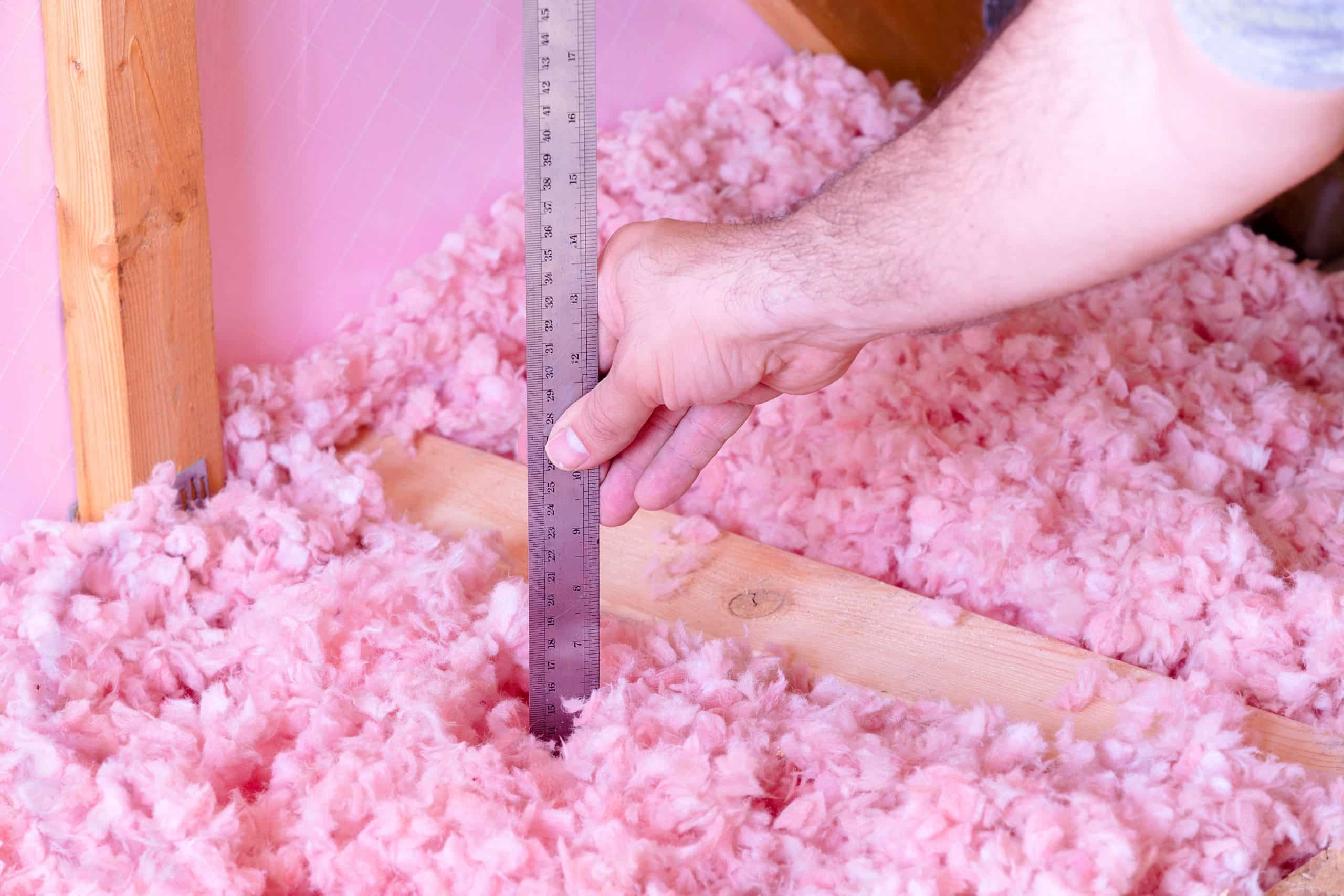
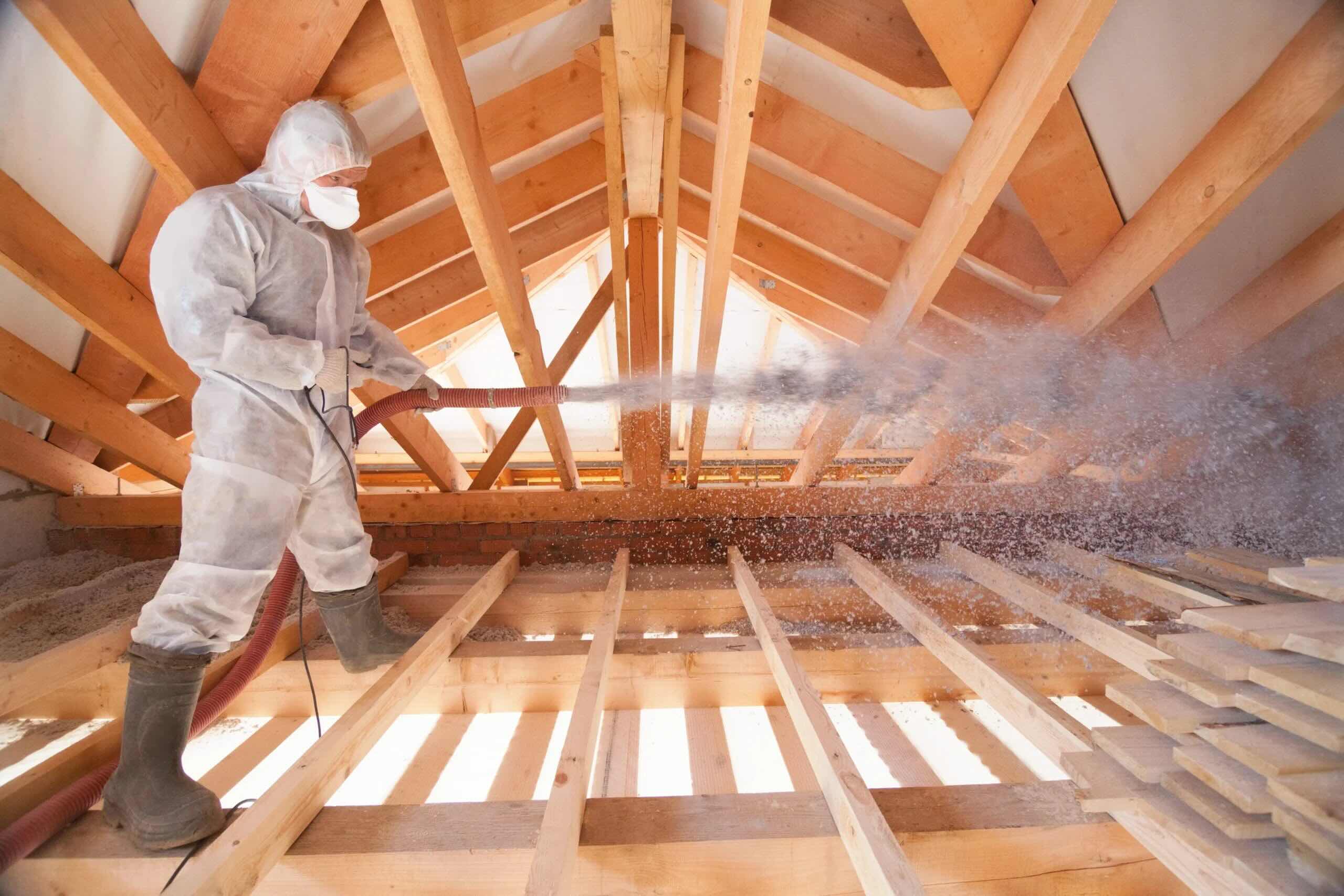


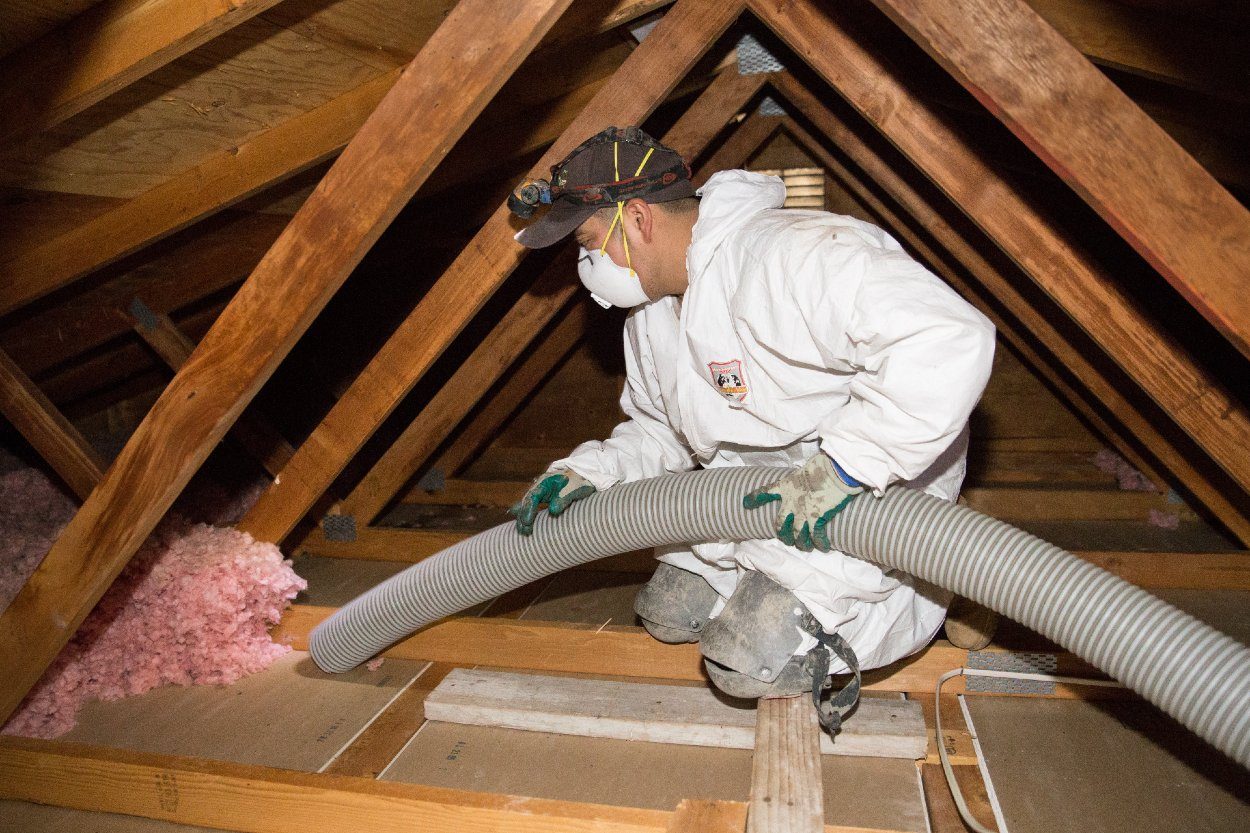
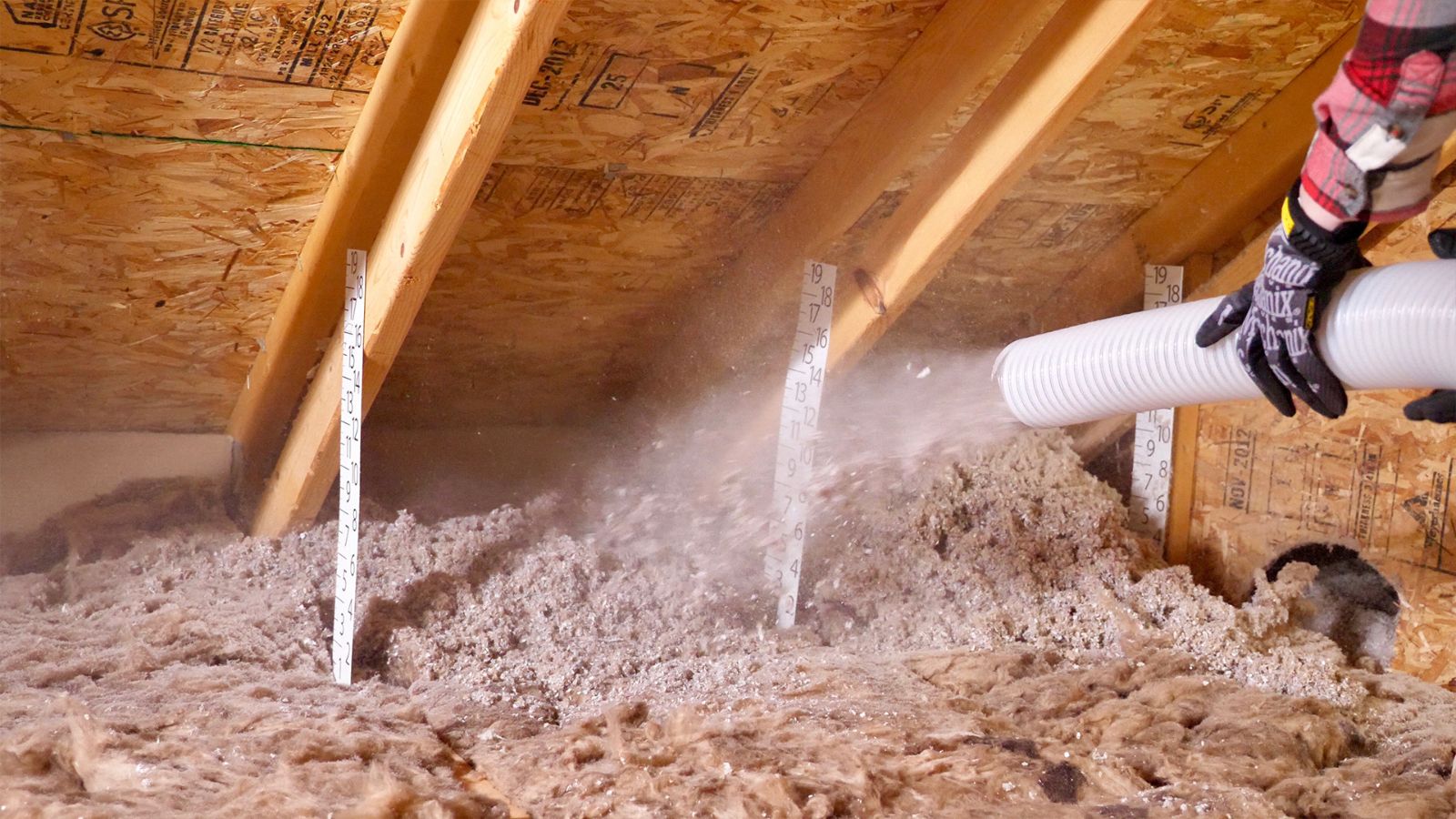
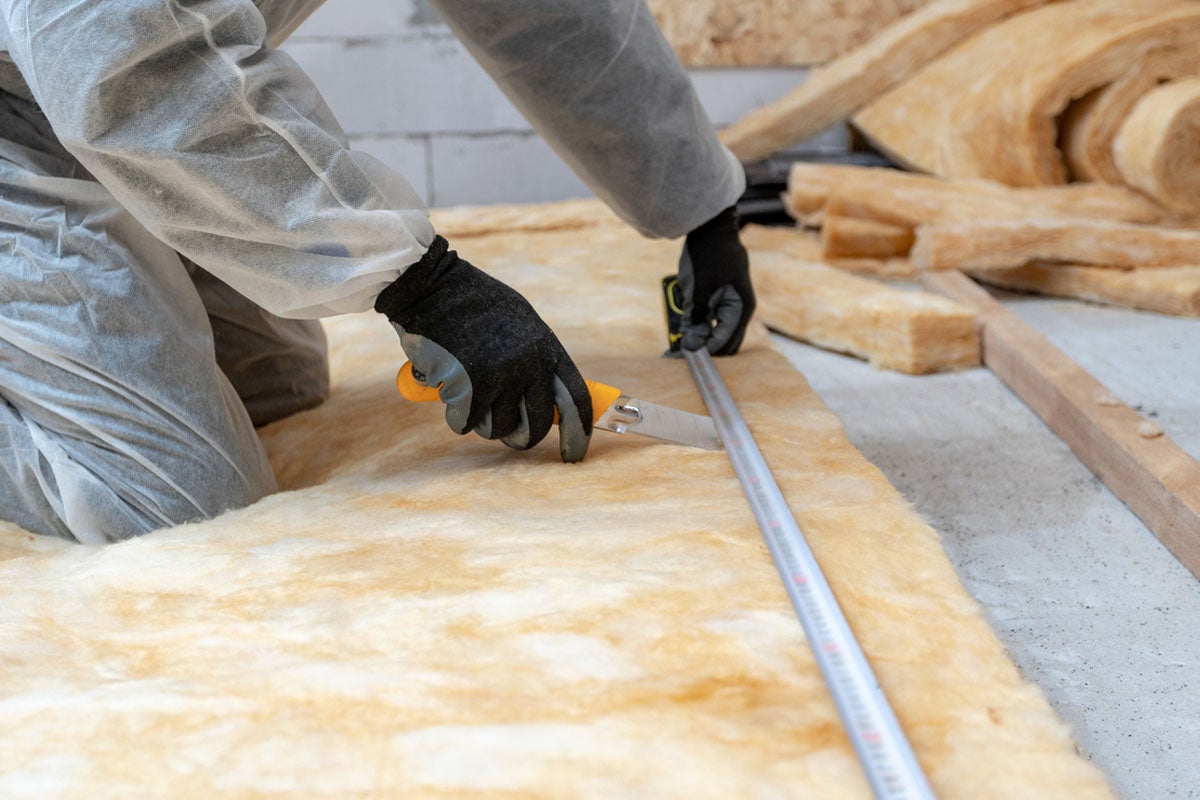
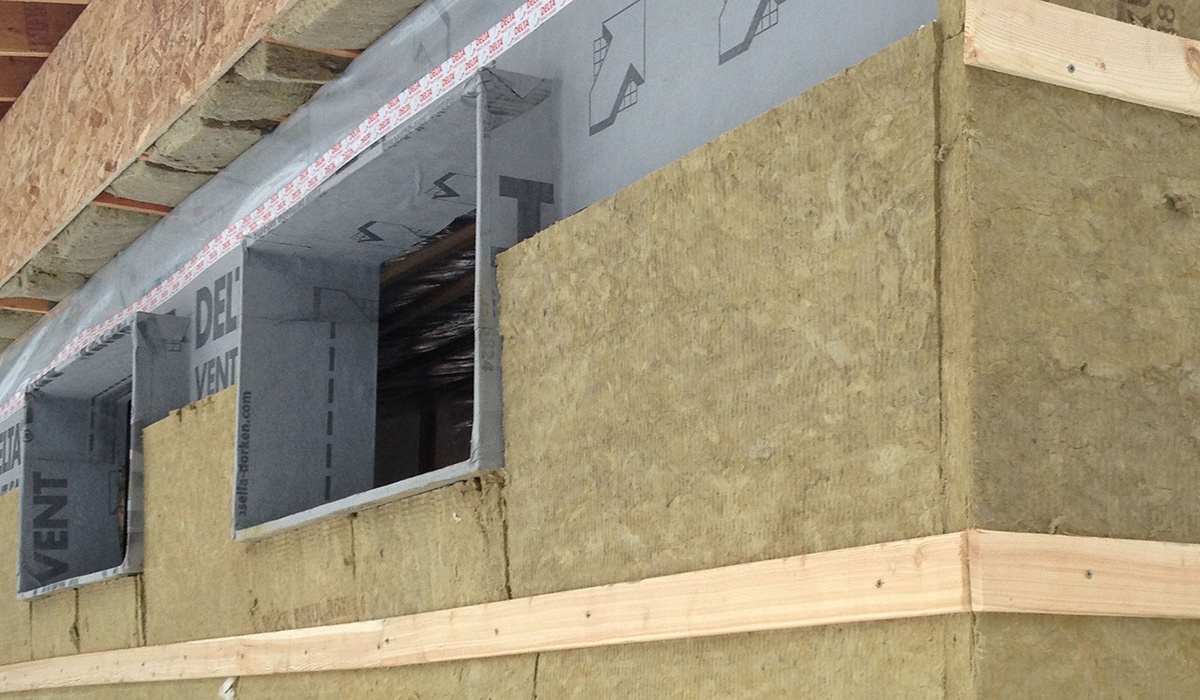
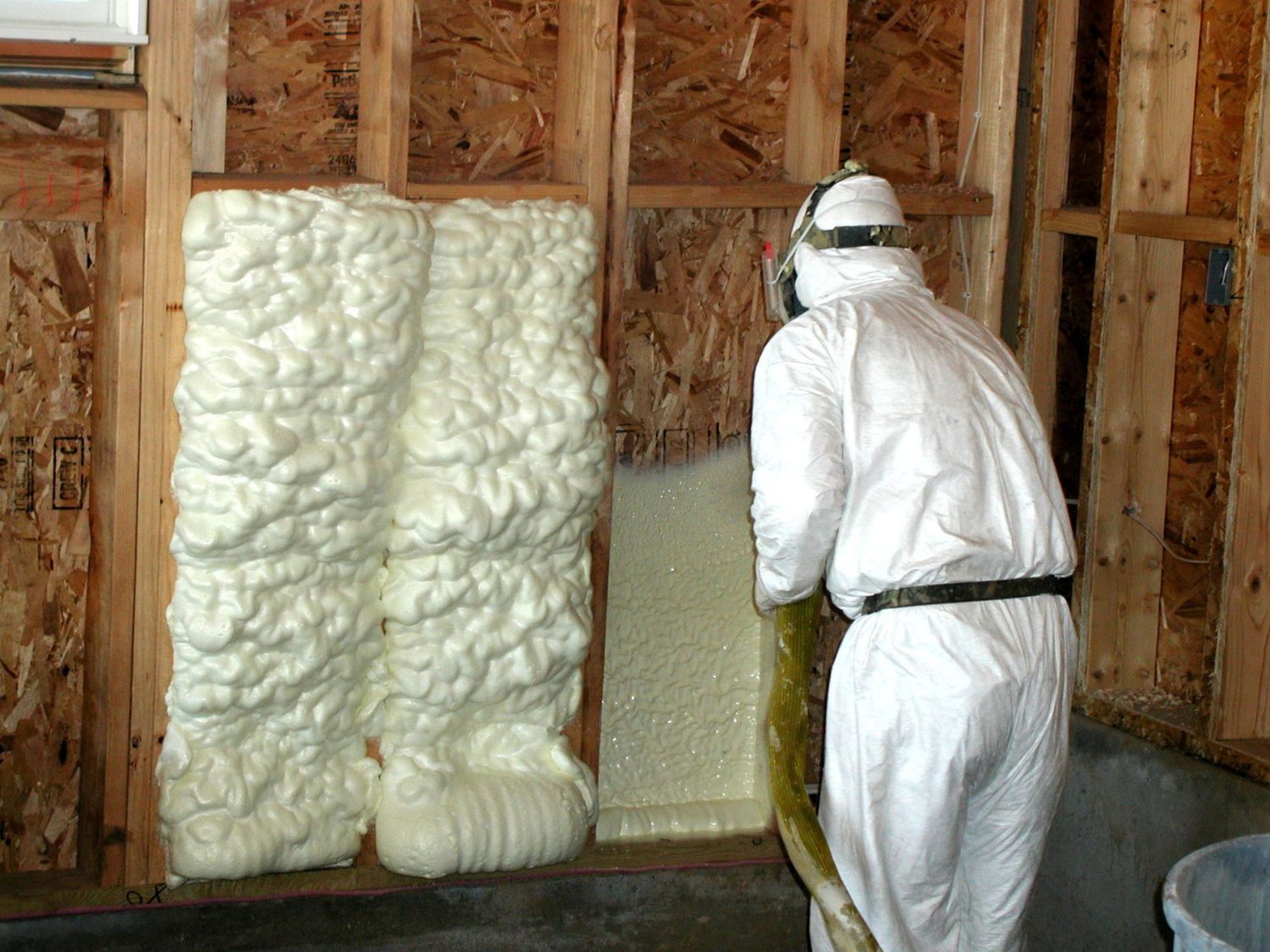
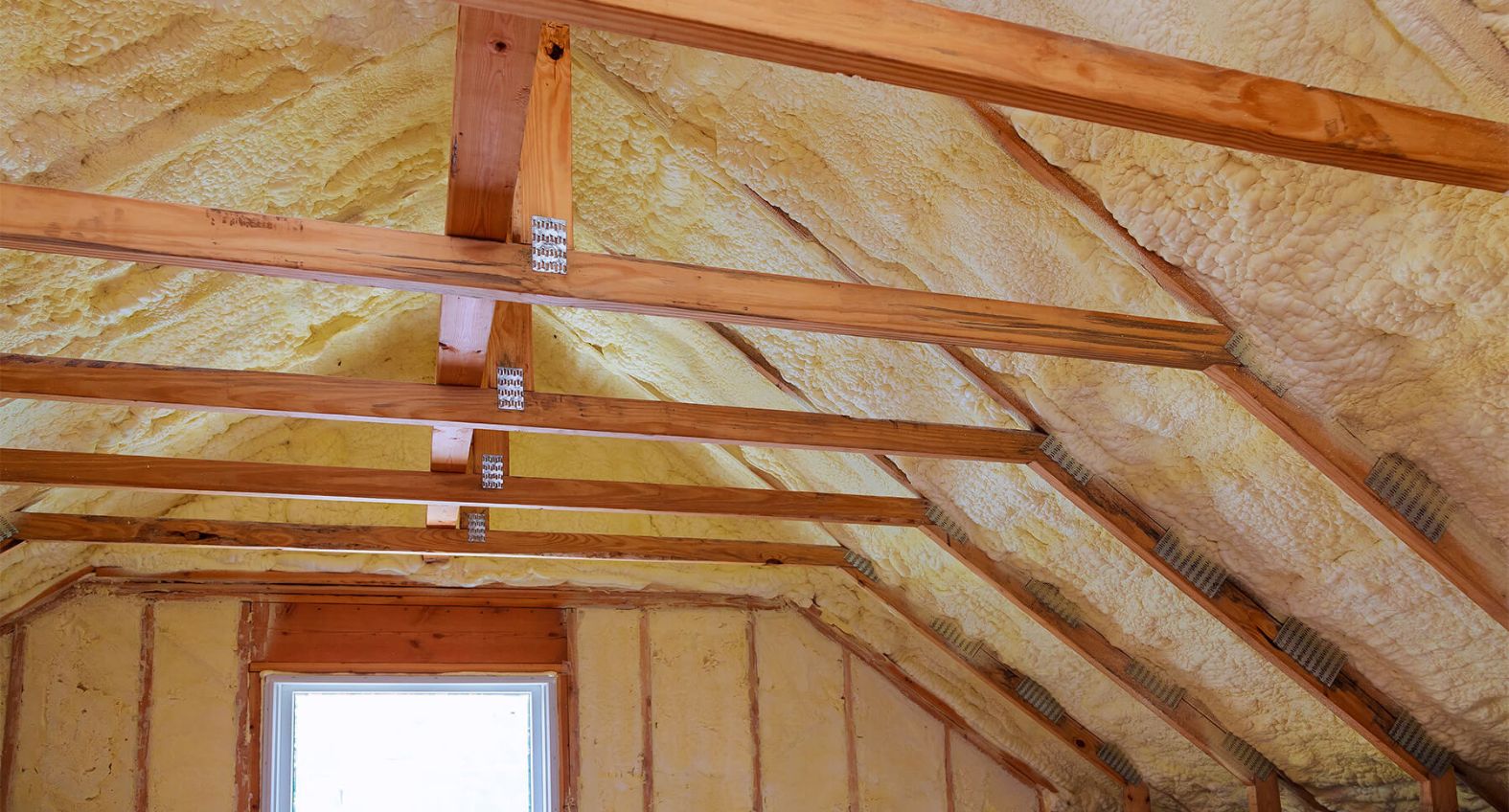
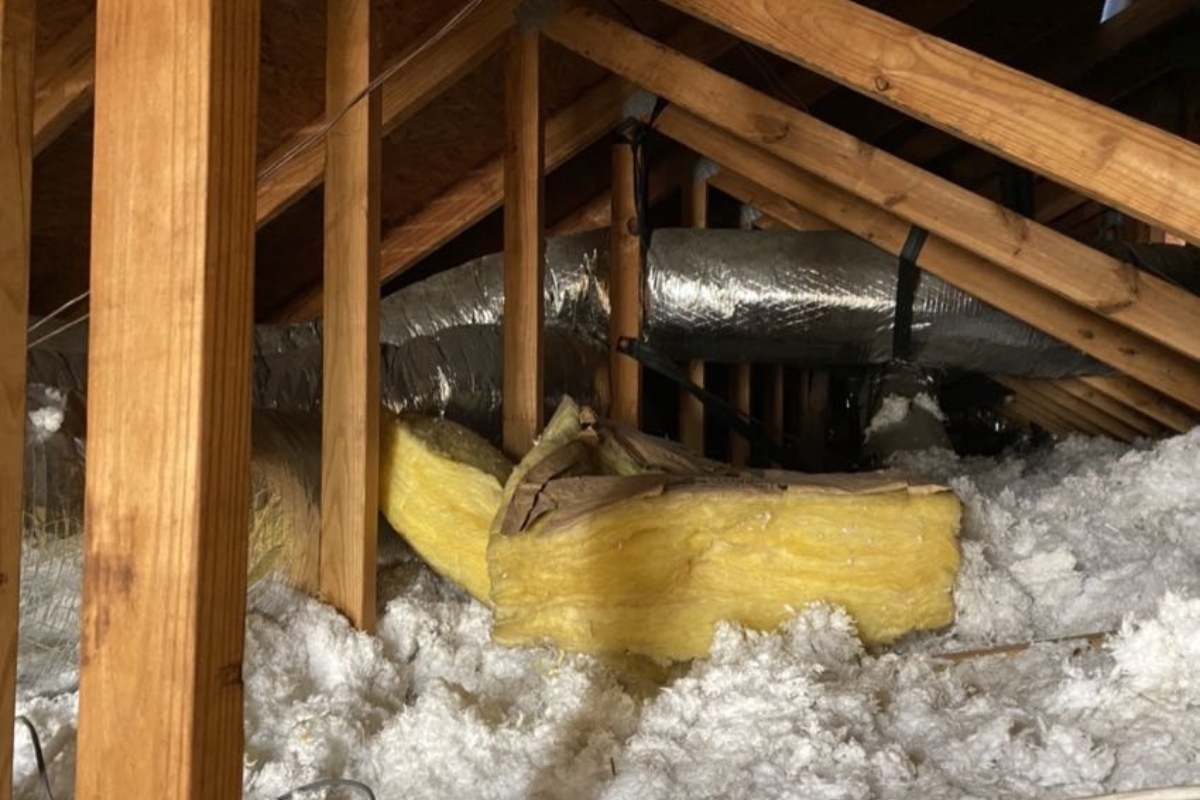
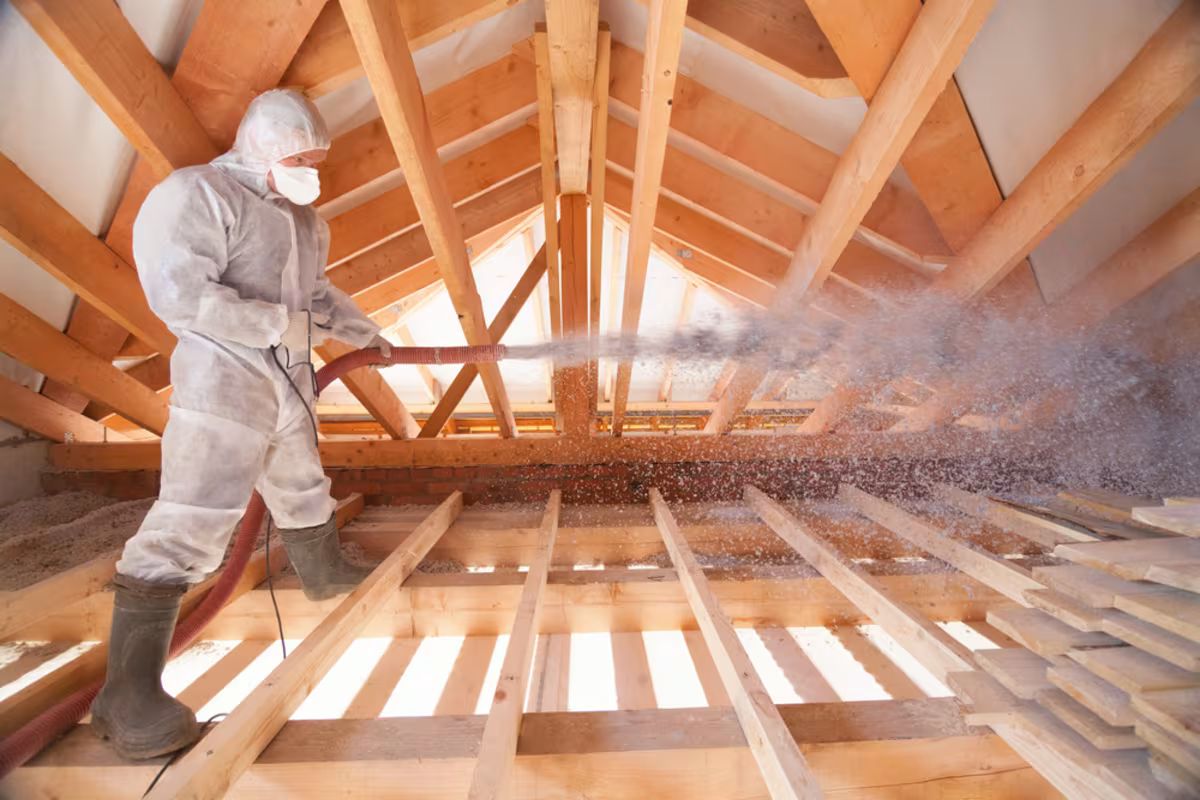
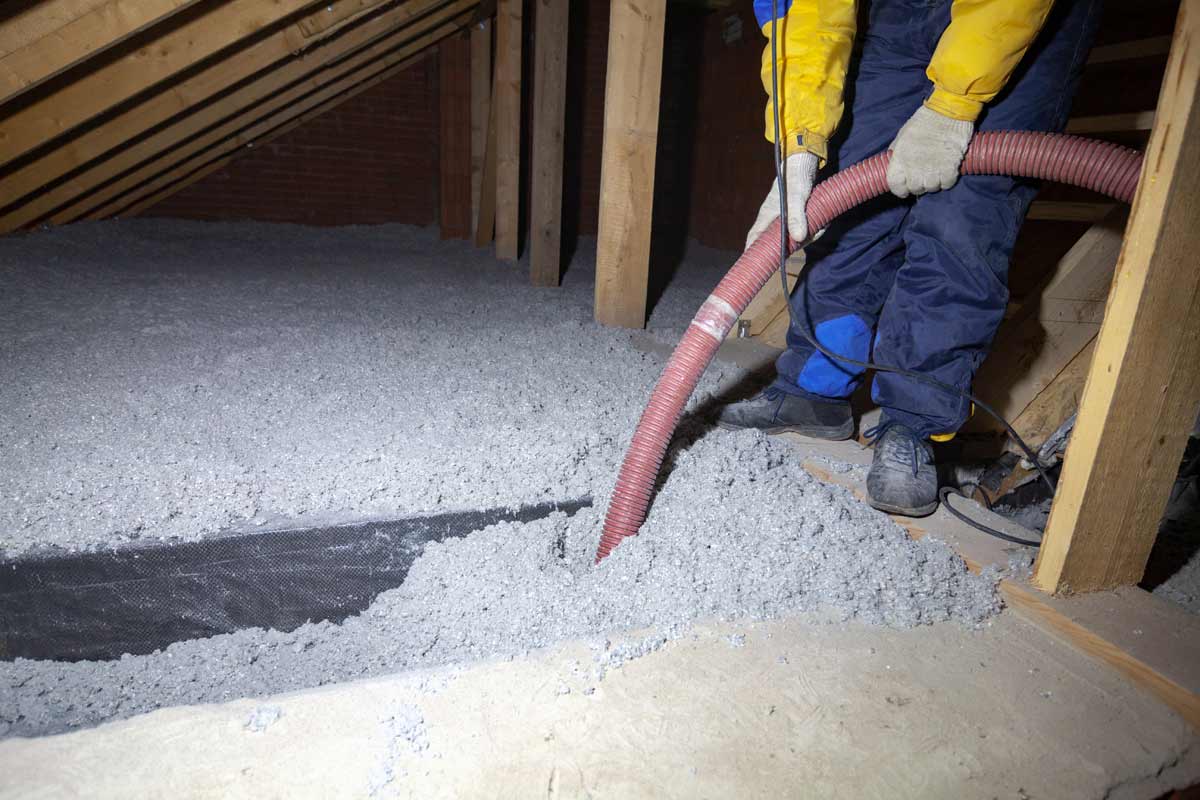
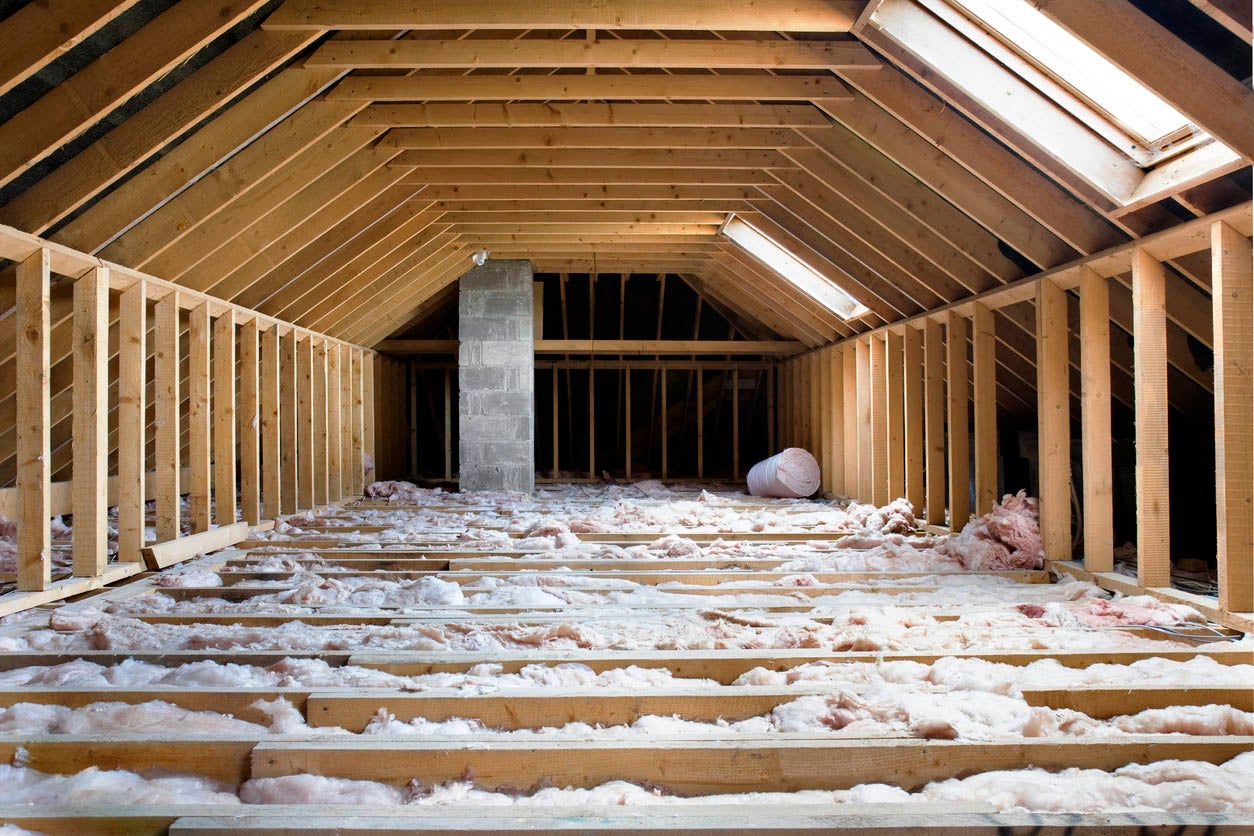

0 thoughts on “How To Calculate How Much Insulation I Need In Attic”